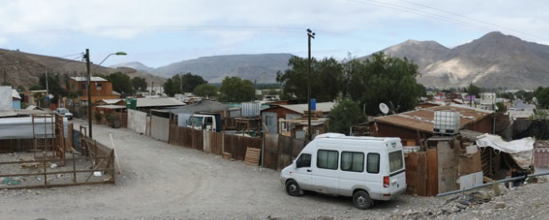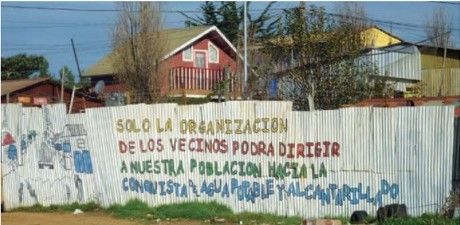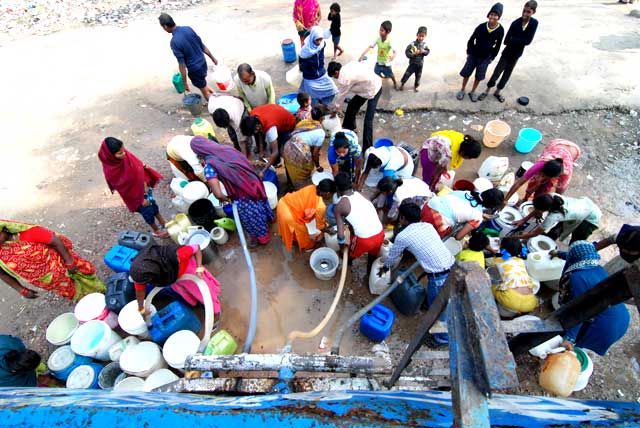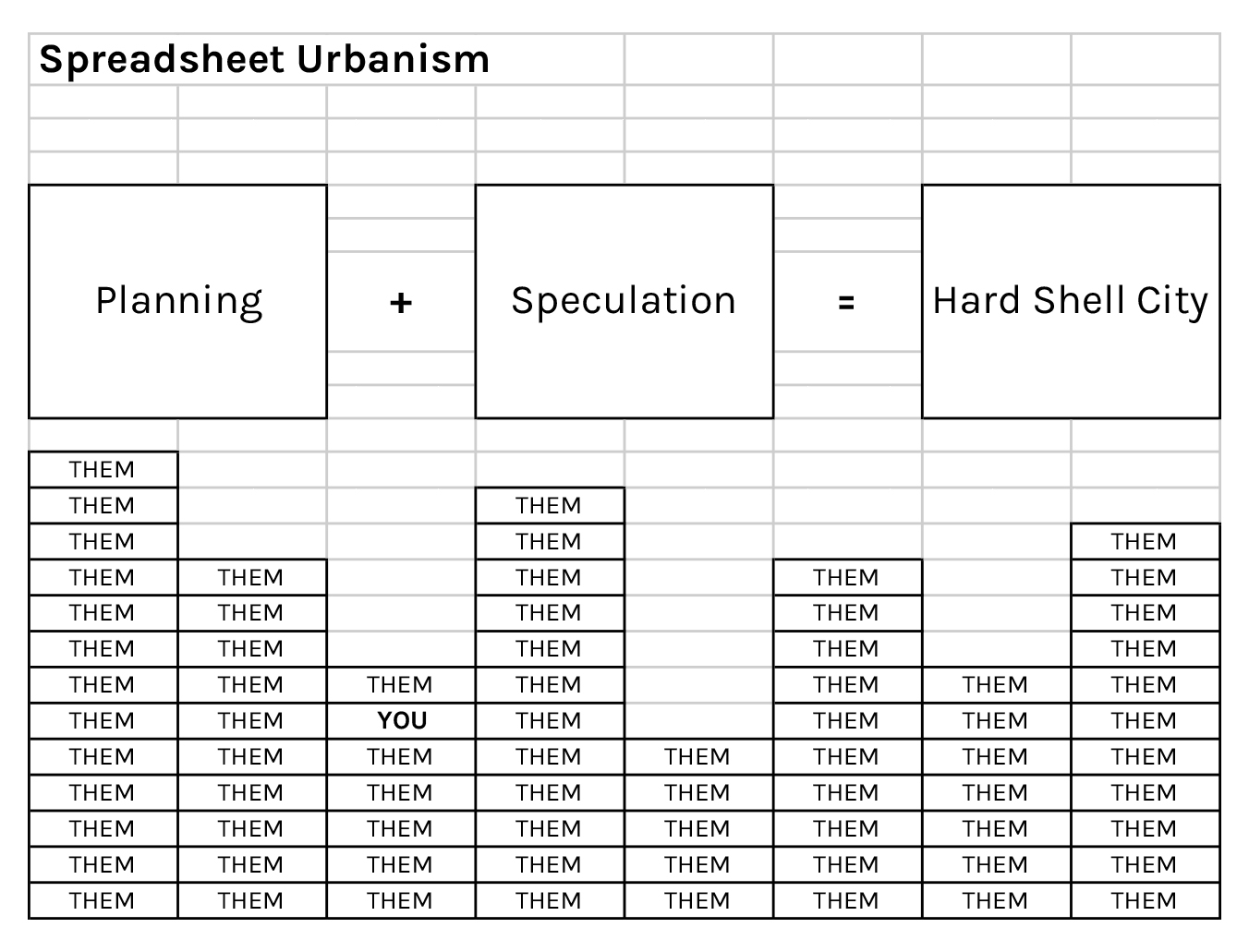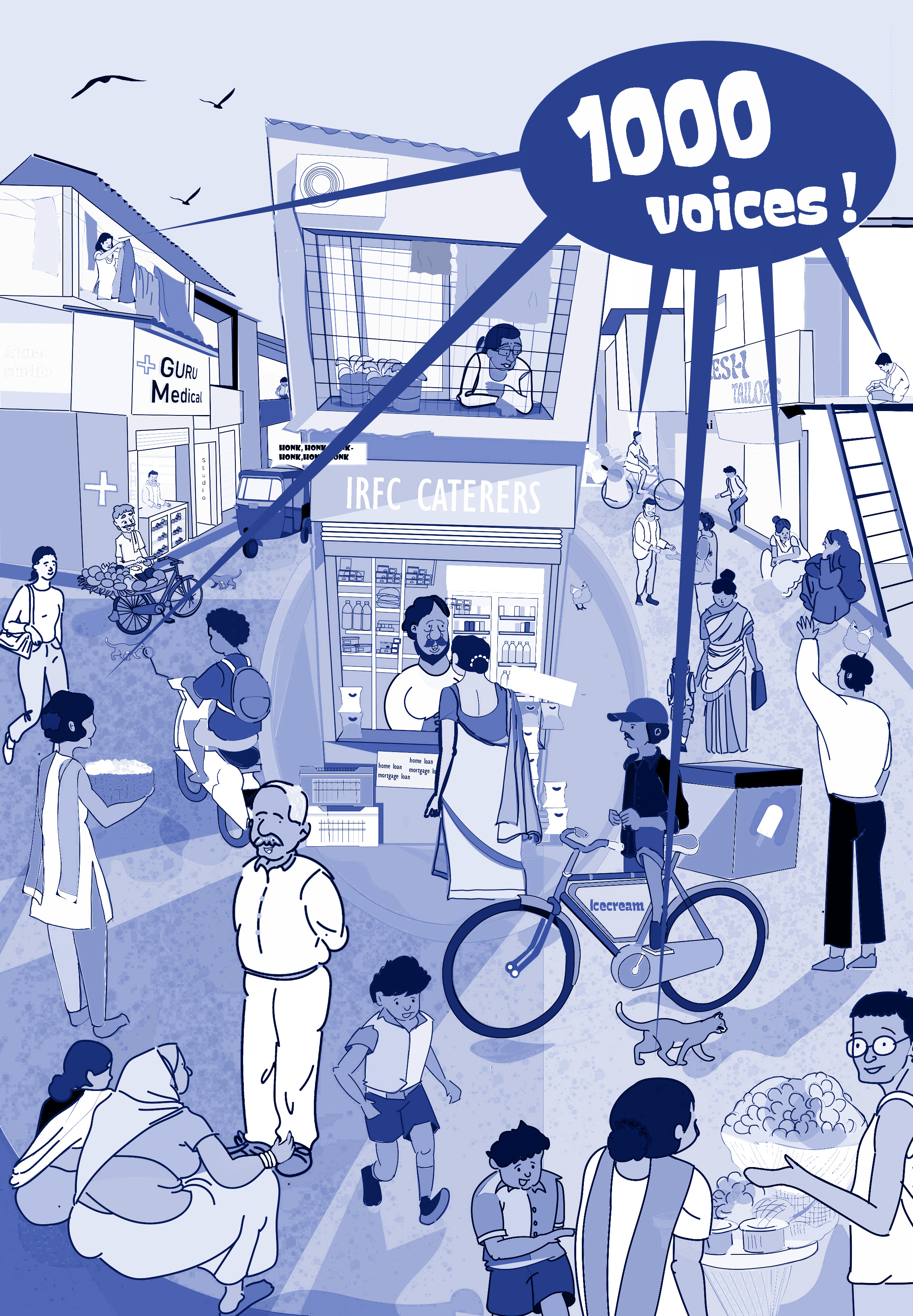Makers of Campamentos in Chile

Makers of Campamentos in Chile
Starting from the communities located on Valparaíso’s steep slopes and ravines, we move to Antofagasta, a region with rich economic value from salt and copper mining that brings with it a stark economic divide. Finally we explore the vacant land, landfills, and disposal sites which provide space for many homegrown neighbourhoods in Santiago, the capital of Chile. Through these three cities, we delve into the various homegrown neighborhoods of Chile and unravel how they are formed.
The Influence of Terrains
The varying topography and geological complexity in Chile contribute to the diverse formations of campamentos and the challenges faced by the residents in different locations. In Chile, the north is characterized by arid desert landscapes, shifting to the temperate Mediterranean climate in the central region, and finally the wet and chilly regions of the south. The eastern boundary of Chile is defined by the Andes mountain range. The west of Chile has lower coastal hills defined by steep slopes and ravines. Santiago and Valparaíso are both metropolitans in Central Chile. Valparaíso is an important coastal harbor city while Santiago is larger and is situated in a valley of fertile lands.
The homegrown neighbourhoods in Valparaíso are located on hilly landscapes and steep ravines where it is both difficult and dangerous to build. Due to the nature of the topography these locations are not ideal for human settlements. However, luxury and formal housing in the most suitable areas of the city leave only the ravines and steep slopes for those looking for land to settle. Homegrown neighbourhoods in this type of territory make already vulnerable populations even more vulnerable to high environmental risks, especially from landslides. Seasonal wildfires are also predominant in these regions, spreading easily due to the form of the settlements.
Another city is Antofagasta which has been historically associated with mining as well as migration. Mining sites often have adverse environmental impacts and the residents living in these environments also deal with harmful health implications. These include leaching of metals into the ground and respiratory problems for residents involved in mining activities and ones living close to the site.Similar to Valparaíso, residents in Antofagasta are at risk of landslides. While many homegrown neighbourhoods around the world are built on ecologically sensitive land, the case in Chile is exacerbated by the country’s unique landscape.
The Formation of Campamentos
Homegrown neighbourhoods arose as a solution to housing needs, and programs to support them existed until the onset of the dictatorship in 1973. Lasting until 1990 the dictatorship repressed these neighbourhoods, adopting a violent, adversarial stance against the residents. During this period, the formation of homegrown neighbourhoods to fulfil the basic need for housing had to employ tactics like ‘occupying land’ to counter the aggression of a military dictatorship.
A homegrown neighbourhood, embracing both urban areas and part of the ravine next to it.
The strategic coordination and efficient arrangements of a group of people before settling was key to the establishment of these neighbourhoods. People seek out parcels of land that are unoccupied and suitable to reside in. Hence, the term Campamentos, which translates as ‘camps’ from Spanish - bearing a military reference, is used to describe spaces that are homegrown. Formally, a campamento is defined as a precarious and illegally established settlement with at least eight houses. They usually lack some basic service or necessity such as electricity, drinking water, or a sewage system.
Homegrown neighbourhoods have been named in other ways depending on the nature of their formation.‘Callampas’ (mushroom settlements - owing to spontaneous formation) and ‘Tomas’ (taken - derived from ‘to take’) were also used to describe these spontaneous yet planned occupations of land, however the overarching term ‘Campamentos’ is used to describe homegrown settlements today. People are prompted to turn to these housing solutions since campamentos are one of the more feasible and independent ways to achieve the dream of one’s own home, or ‘sueño de la vivienda propia’. Many move to campamentos to accommodate growing families and the consequent spatial needs that formal housing cannot cope with. Moreover, renting and other forms of housing are often inaccessible to migrants or refugees due to legal difficulties or issues with visas and documentation. It is also important to note that the homegrown neighbourhoods also include the indigenous tribal population of Chile who face many additional challenges and often clash with the military.
Construction and Care of Campamentos
Residents of campamentos take charge of the construction of their homes as well as the dialogue with governmental authorities regarding legitimization. Since the construction of homes in campamentos are not preceded by extensive planning, materials used are often locally sourced. This includes wood panels, bricks, rocks, and clay. Houses may later be upgraded by installing structures of concrete blocks or paved floors. One’s social network also plays an important role in the acquiring of construction materials, as it does in the case of Caracas’s Barrios.
Mediaguas are the most common form of construction visible in campamentos. The structures are mostly made using wooden poles or stilts and zinc-aluminium panels. Most materials are cheap and easy to find, however Mediaguas are often built out of recycled material, especially in the north where in the dry climate, recycled materials deteriorate less. Many of the residents build their houses themselves and cannot afford expensive materials. There are also those in homegrown settlements who are economically stable and can afford to build secure and solid infrastructure using more expensive building materials, however even they rely on a culture of auto construction. This has allowed for local construction knowledge to pass on from generation to generation with most male homemakers also formally employed in the construction industry.
Jefaturas are the heads of Chilean households and are indicators of the economic status of the household. A significant portion of households have female jefaturas, many of who are young, single mothers. Over the years people have grown accustomed to single mothers and informal female leaders. Similar to the strong presence of female community leaders seen in Caracas, Venezuela, female jefaturas indicate the leadership and supervising role of women in Chilean homegrown neighbourhoods.
At the heart of campamentos is the adaptability and resourcefulness of the inhabitants. Housing is incremental - structures are modular and can grow and expand according to the needs of the families. Rooms are easily added to an existing home by installing more wooden frameworks. In the steep ravines of Valparaiso, families build incremental housing down the slope. Unlike other homegrown neighbourhoods which depend on large groups occupying the land at a go, families who choose to settle in Valparaíso gradually invite other family members to settle as a strategy to occupy and retain self-governance of the neighbourhood. They organize themselves in Family Residential Groups and families have to be invited to occupy the land.
Public open spaces are designed and built by the community itself. Construction is generally viewed as a collective, cultural act. The residents develop a sense of ownership towards the spaces created by them, and this feeling becomes a part of the collective memory of the group. The creation of these shared open spaces and infrastructure does not end at an exact moment, but is rather a circular process in which the nature of participation varies according to the availability of people and resources.
The existence of Campamentos serves as a window into the social and political attitudes of their residents. People often organise meetings before settling, learn about the site and organize the collective move, such as in Santiago’s valley where groups of people approach and occupy many uninhabited parcels of land. By doing so, residents make compelling political statements and also pressure the municipalities to address the needs of the residents and integrate their homegrown neighborhoods with the basic infrastructure of the city.
Similar to Mumbai, and specifically Dharavi, where one lives is a strong indicator of the individuals social and economic status in Chile. The question “where do you live in Santiago?” is a common one that indirectly is an inquiry about an individual’s background and social status, similar to how the social stratification in Mumbai can disclose a lot about a community and its people. Unlike in Dharavi, most homegrown settlements across Chile are mostly residential. Most residents work outside the settlement, but some residents also provide services and commodities from their homes- such as selling bread or providing hairdressing facilities. The homegrown residents of Chile have developed diverse techniques to build their neighbourhoods based on the distinct topography types and local resources. The sheer struggle to occupy the land is reflected in strong feelings of belonging and ownership to these spaces. Chile’s homegrown neighbourhoods, if given basic infrastructural support, can become models for sustainable construction in extreme landscapes and can eventually begin to generate and support their own local economies.
We would like to give special thanks to Begoña Arellano Jaimerena, Eleonora Fiorin, and Sujey Gonzales for taking the time and effort to share with us their knowledge, information, and experiences about homegrown settlements across Chile.
Image Credits:
'Residents of a Campamento in Chile in front of their home' & 'A homegrown neighbourhood, embracing both urban areas and part of the ravine next to it' - Begoña Arellano Jaimerena
“Only the organization of the neighbors could lead our population towards the conquest of drinking water and sewerage” - Mapa Social de Campamentos by the Ministerio de Vivienda y Urbanismo



